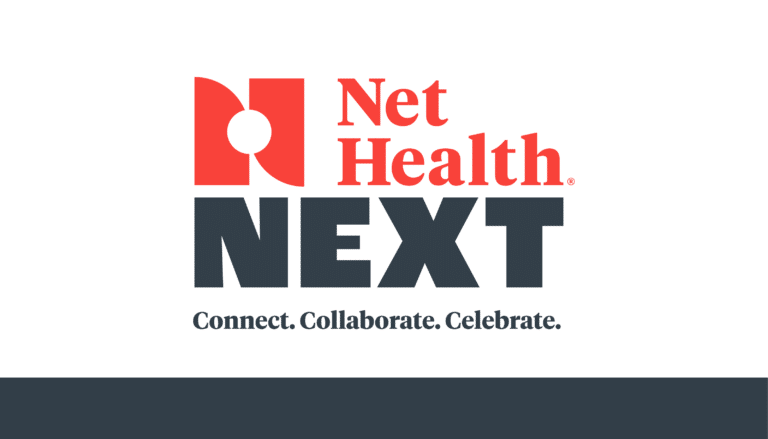February 20, 2023 | Net Health
3 Minute Read
4 Questions to Drive Effective Data Management for the Future in Healthcare Analytics
Predictive analytics and data-driven tools have long since crested the horizon and are now exciting realities in the healthcare space. The days of paper charts and homemade Excel spreadsheets driving clinical decision-making are quickly giving way to healthcare solutions driven by artificial intelligence (AI), predictive algorithms, and machine learning.
The fuel of these new technologies is data. And the higher quality fuel we can pump into these systems, the faster our teams will run and the quicker we’ll achieve meaningful and impactful results.
Here’s the follow-up question. How do we ensure that the data going into these systems meets the right requirements and exceeds the necessary quality standards?
Let’s take a look at four questions that can help ensure we’re putting quality fuel into our innovative systems to be best positioned for the future of healthcare analytics.
1. What Data Points Are Actually Important?
The importance of data can be summed up in one sentence—if you can’t measure it, you can’t improve it. And while this is 100% accurate, the caveat is that not everything that’s measurable is important. A trend we’ve seen with many healthcare solutions looking to leverage data is teams getting dashboards full of numbers, charts, and tabs. In theory, more data sounds like a better idea. However, in practice, too much data visualization can actually bog down productivity with analysis paralysis and constrict a team’s ability to move forward.
Healthcare leaders need to have:
- A process for determining which metrics are important
- The willingness not to include data that isn’t helpful
- The ability to listen to staff and clinicians on improvements
2. How is the Data Organized?
Speaking of dashboards, the next question that needs to be asked is how this data is going to be presented to teams? If the data is not laid out in an easy-to-follow and quickly accessible manner, it could unintentionally rob teams of efficiency. Even worse, unorganized and cluttered data could be misleading, which in the healthcare space, could lead to major problems.
When organizing data, healthcare leaders need to take into account:
- Does the data flow in a way that makes sense to leadership?
- Should data be presented the same to every team or position on staff?
- Does the data organization process clearly account for historical and real-time data?
- Does the method in which the data is presented accurately tell the story of what’s going on?
5 Ways Smart SNFs Are Using Analytics
3. Who Controls the Data?
An often unexpected debate that accompanies the influx of new data is which department is responsible for that data. And the phrase “in control of” does differ from “in charge of”, and the distinction is important here. “In charge of” refers to the department that is handling the technical side of the data. “In control of” refers to which departments have access to and can utilize the data.
Regarding whom is in charge of the data, there are two schools of thought. Some would say that the department with the most technical capability should be in charge of all the data. This helps to ensure continuity and easily assigns responsibility. Others would say that the overwhelming volume of data available is too much for one department to handle. The idea is that an all-hands-on-deck approach helps to better drive the direction of the data and lessens the burden on one department.
When it comes to who is in control of the data (has access to full use), the consensus across the board is fairly clear. The data is best utilized when it’s available to all departments with a need. The interoperability of data between departments helps to drive the integrity of the data, the security of the data, and the overall usability.
Healthcare leaders should have a plan for:
- How incoming data is processed and where it’s going
- Who is responsible for data governance, especially if several departments are in charge of the data
- Clear data definitions for interdepartmental communication
4. How Do You Convert the Data Into Action?
Data for the sake of data doesn’t do anyone any good. It’s imperative that there be a process in place for converting incoming data into meaningful trends and actionable insights. Having a plan in place is what will help elevate your data management to the next level.





